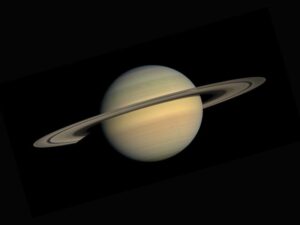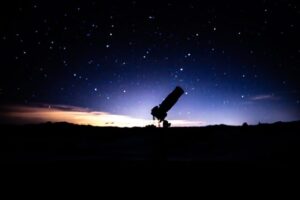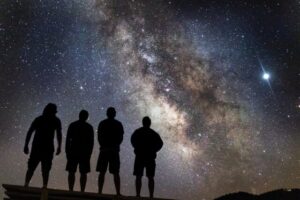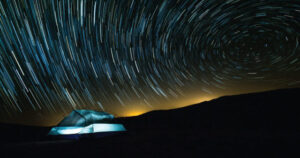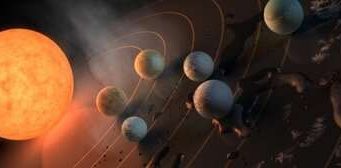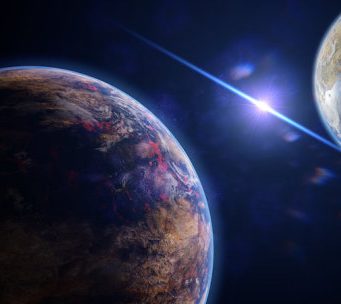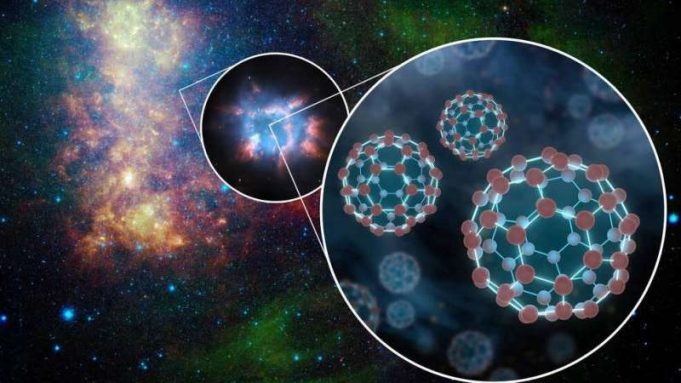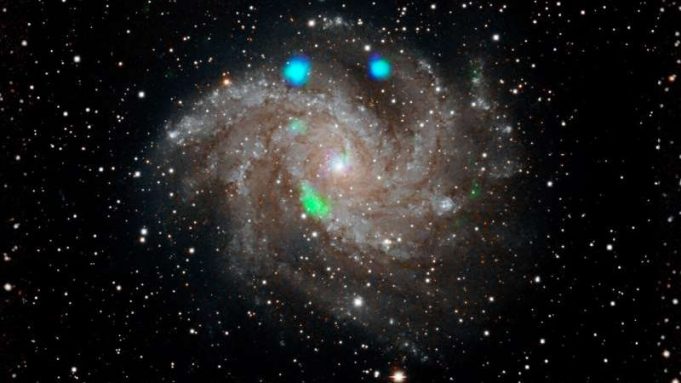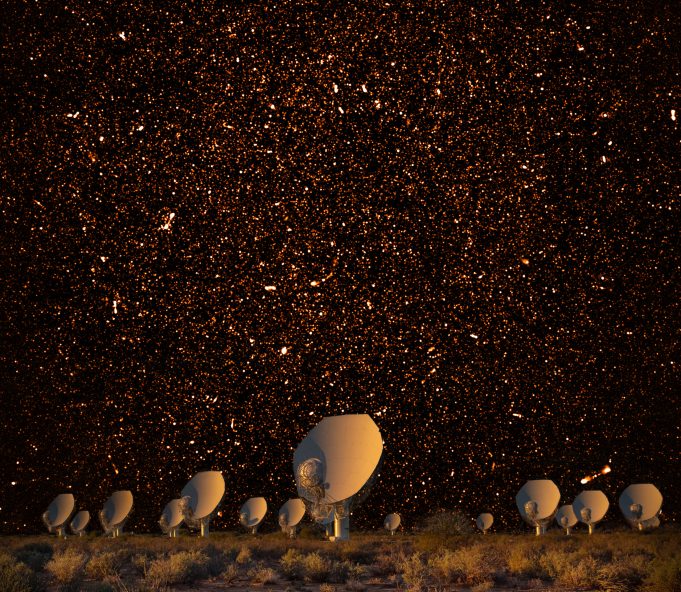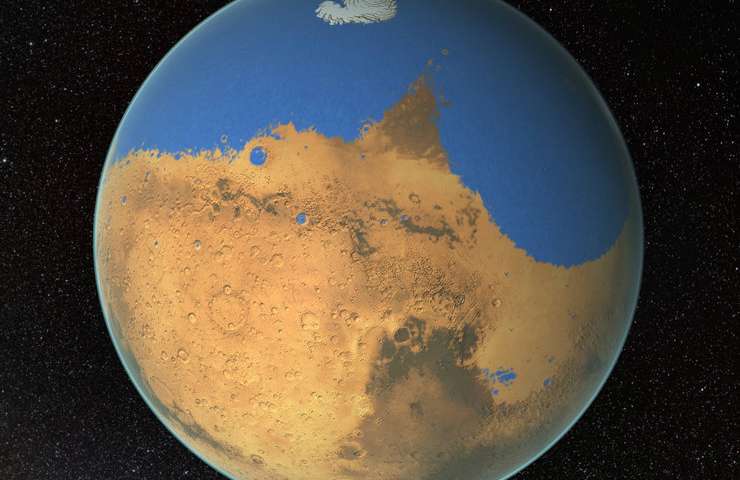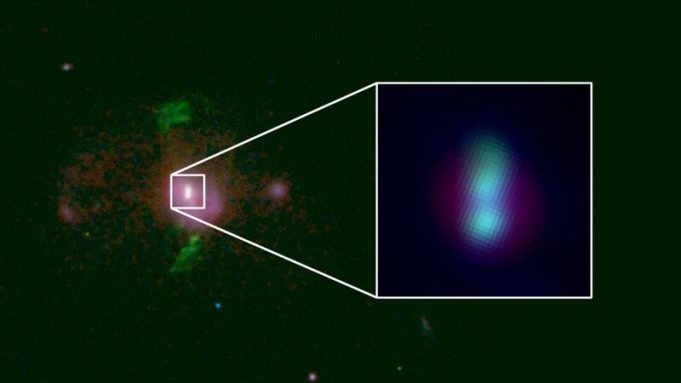A new study from Western University posits proof to the possibility that an oncoming swarm of meteors—likened to the Loch Ness Monster and Bigfoot by some extraterrestrial experts—may indeed pose an existential risk for Earth and its inhabitants. (That's...
Scientists using NASA's Hubble Space Telescope have confirmed the presence of electrically-charged molecules in space shaped like soccer balls, shedding light on the mysterious contents of the interstellar medium (ISM) - the gas and dust that fills interstellar space.
Since...
Through simulations of a dying star, a team of theoretical physics researchers have found the evolutionary origin and the maximum mass of black holes which are discovered by the detection of gravitational waves.
The exciting detection of gravitational waves with...
Astronomers have used the combined power of multiple astronomical observatories around the world and in space to discover a treasure trove of previously unknown ancient massive galaxies. This is the first multiple discovery of its kind, and such an...
Pops of bright blue and green in this image of the Fireworks galaxy (NGC 6946) show the locations of extremely bright sources of X-ray light captured by NASA's NuSTAR space observatory. Generated by some of the most energetic processes...
Neutron stars -- the compressed remains of massive stars gone supernova -- are the densest "normal" objects in the known universe. (Black holes are technically denser, but far from normal.) Just a single sugar-cube worth of neutron-star material would...
Look at this new radio image covered with dots, each of which is a distant galaxy! The brightest spots are galaxies that are powered by supermassive black holes and shine bright in radio light. But what makes this image...
As planets in our solar system go, Venus is one for the textbooks.
Although about the same size as Earth, Venus is a terrestrial planet with a similar composition to our planet, and has about the same proximity to the sun. But...
Approximately every two Earth years, when it is summer on the southern hemisphere of Mars, a window opens: Only in this season can water vapor efficiently rise from the lower into the upper Martian atmosphere. There, winds carry the...
Astronomers have spotted a distant pair of titanic black holes headed for a collision.
Each black hole's mass is more than 800 million times that of our sun. As the two gradually draw closer together in a death spiral, they...
Astronomers have long been looking into the vast universe in hopes of discovering alien civilisations. But for a planet to have life, liquid water must be present. The likelihood of that scenario has seemed impossible to calculate because it...



